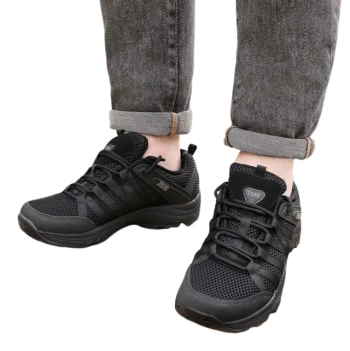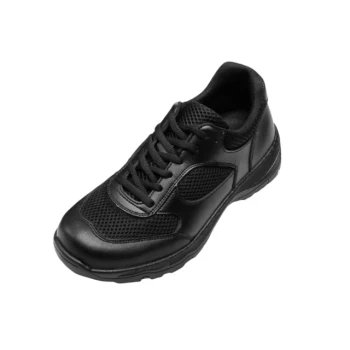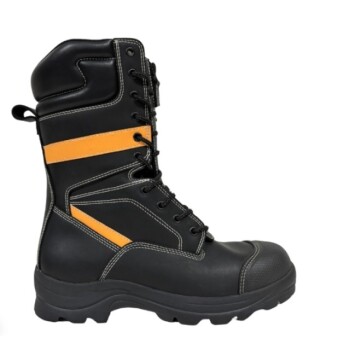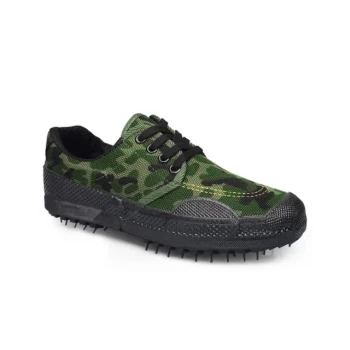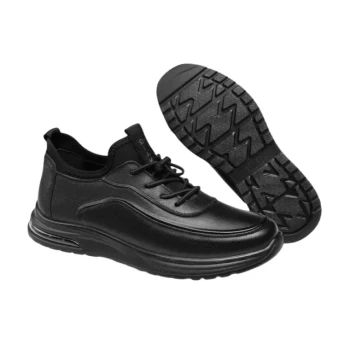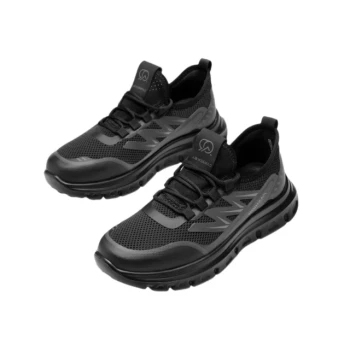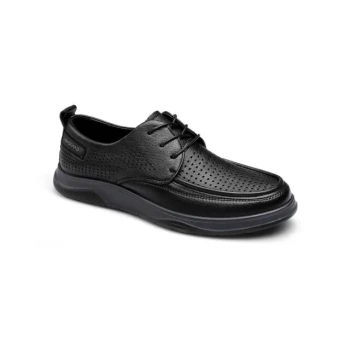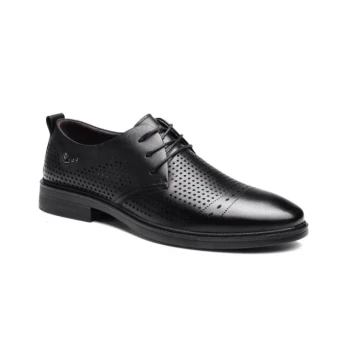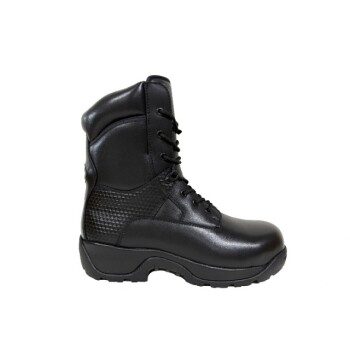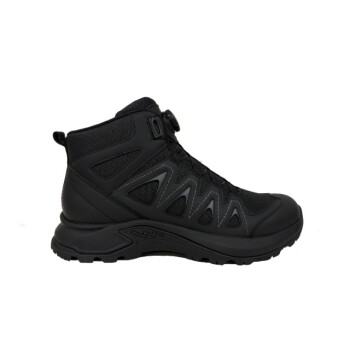At their core, waterproof membranes in hiking shoes are specialized inner layers designed to perform a dual function. Constructed from materials like expanded polytetrafluoroethylene (ePTFE), famously known as Gore-Tex, this membrane acts as a barrier that blocks external water from soaking your feet while simultaneously allowing the water vapor from sweat to escape.
The central characteristic of a waterproof membrane is its fundamental trade-off: it provides essential protection from external moisture at the direct cost of reduced breathability, trapping more heat and sweat inside the shoe.

How a Waterproof Membrane Actually Works
To understand if you need a waterproof shoe, you first need to understand the mechanics of the technology itself. It is not simply a coating, but an integral part of the shoe's construction.
The Microscopic Gatekeeper
The magic of an ePTFE membrane lies in its microscopic structure. It contains billions of pores per square inch that are approximately 20,000 times smaller than a water droplet, making it impossible for rain or puddle water to penetrate from the outside.
However, these same pores are about 700 times larger than a molecule of water vapor. This allows the heat and humidity from your sweat to pass through the membrane and exit the shoe, a process known as breathability.
The "Bootie" Construction
In most hiking shoes, this membrane is not just a flat layer. It is fashioned into a sock-like "bootie" that is sandwiched between the shoe's outer material and its soft inner lining. This creates a complete, sealed environment around your foot.
The Role of DWR Coatings
Many waterproof shoes also feature a Durable Water Repellent (DWR) coating on the exterior fabric. This is a separate, initial line of defense. DWR causes water to bead up and roll off the surface, preventing the outer material from becoming saturated, which in turn helps the inner membrane breathe more effectively.
Understanding the Trade-offs
The promise of a perfectly dry foot is appealing, but the reality involves a series of critical compromises that every hiker must consider.
The Breathability Penalty
No waterproof membrane is as breathable as no membrane at all. By design, it restricts airflow. This means that in warm or hot conditions, your feet will feel noticeably warmer and sweat more than they would in a non-waterproof, more ventilated shoe.
The Dry-Time Dilemma
While the membrane is excellent at keeping water out, it is equally effective at keeping water in. If water breaches the shoe—for example, by entering over the low-cut ankle collar—the membrane will significantly slow the drying process. A saturated non-waterproof shoe will often dry much faster.
The Low-Cut Limitation
Hiking shoes are, by definition, low-cut. This design offers flexibility but presents a clear weakness for waterproofing. A membrane can protect you from shallow puddles and wet grass, but it is useless against any stream crossing or deep mud that is higher than the shoe's collar.
How to Apply This to Your Hike
Your choice should not be "waterproof vs. non-waterproof" in a vacuum, but rather a direct reflection of the conditions you most frequently encounter.
- If your primary focus is hiking in cool, consistently wet, or muddy conditions: A waterproof membrane is invaluable for keeping your feet dry from external moisture and preventing discomfort.
- If your primary focus is hiking in hot, arid climates with minimal water crossings: A non-waterproof shoe is the superior choice, prioritizing maximum breathability to manage sweat and keep your feet cool.
- If your primary focus is day hiking in varied, three-season conditions: A waterproof shoe offers the most versatility, but accept that your feet will run warmer on sunny, dry days.
Ultimately, choosing the right hiking shoe is about selecting the right tool for the environment you intend to explore.
Summary Table:
| Characteristic | Description | Key Trade-off |
|---|---|---|
| Microporous Structure | Billions of tiny pores block liquid water but allow vapor to escape. | Provides waterproofing at the cost of reduced breathability. |
| "Bootie" Construction | A sock-like membrane layer sealed between the outer material and inner lining. | Creates a complete barrier but can trap water inside if submerged. |
| DWR Coating | A durable water-repellent treatment on the outer fabric that causes water to bead up. | Enhances membrane performance but wears off over time and requires reapplication. |
| Low-Cut Design Limitation | Effective against ground moisture but cannot prevent water from entering over the ankle collar. | Offers flexibility but is not suitable for deep water crossings. |
Need a reliable supplier for high-performance hiking footwear?
As a large-scale manufacturer, 3515 produces a comprehensive range of footwear for distributors, brand owners, and bulk clients. Our production capabilities encompass all types of shoes and boots, including models featuring advanced waterproof and breathable membranes. We can help you deliver the perfect balance of protection and comfort to your customers.
Contact our team today to discuss your manufacturing needs and get a quote.
Visual Guide
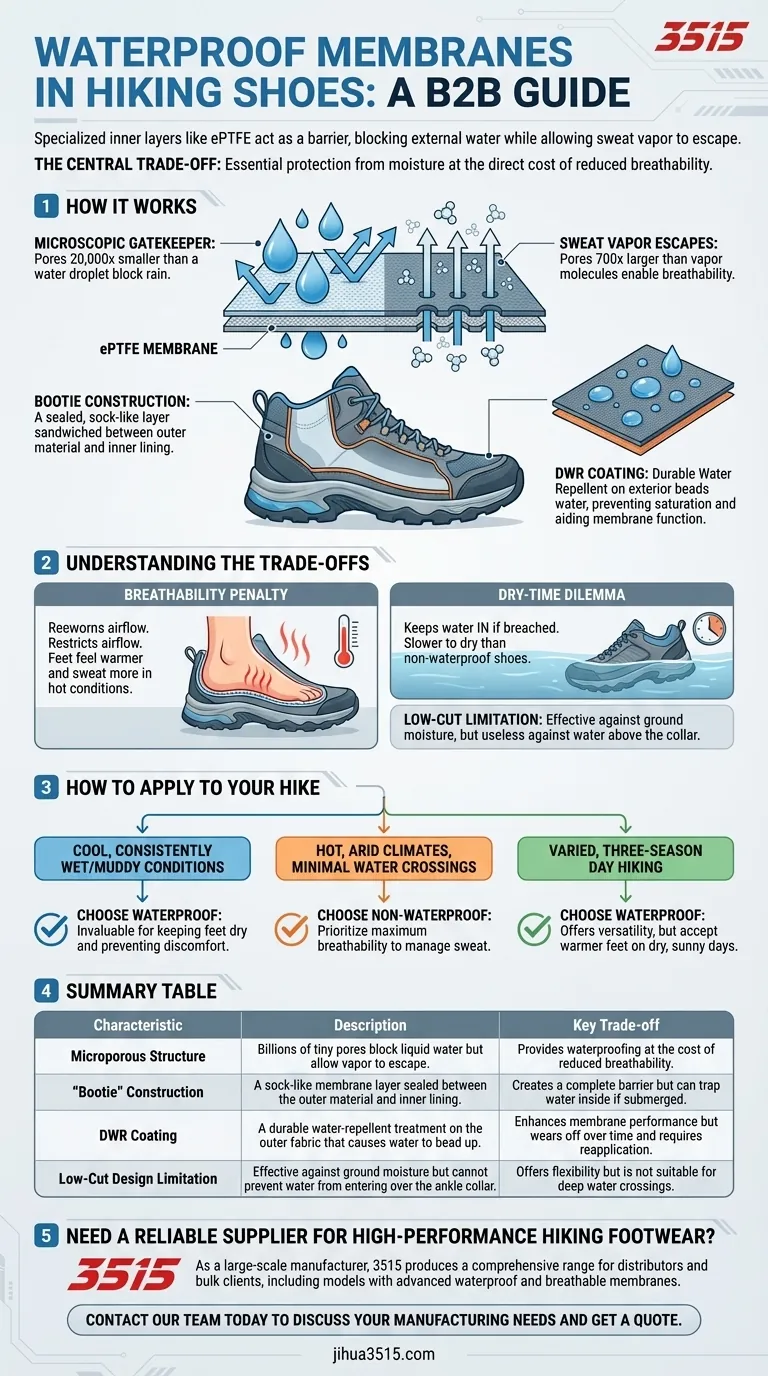
Related Products
- Lightweight Breathable Training Shoes for Wholesale & Custom OEM Manufacturing
- Durable Rubber-Soled Utility Shoes for Wholesale & Custom Brand Manufacturing
- Wholesale Durable & Breathable Training Shoes for Custom Brands
- Lightweight Breathable Sneakers with Wet-Traction Grip for Wholesale & Private Label
- Wholesale Modern Comfort Shoes with Dial Closure for Private Label & Bulk Orders
People Also Ask
- How do athletic shoes with non-slip features differ from regular ones? Discover the Grip Advantage
- What is high-tech 'air' mesh, and how is it used in footwear? The Key to Cool, Lightweight Shoes
- What are the benefits of athletic-style work shoes? Boost Comfort and Safety for Your Team
- Does exercising with a friend or partner enhance safety? Unlock the 'Buddy System' Benefits
- What should be considered when choosing smart trainers for business casual? A Guide to Professional Style
